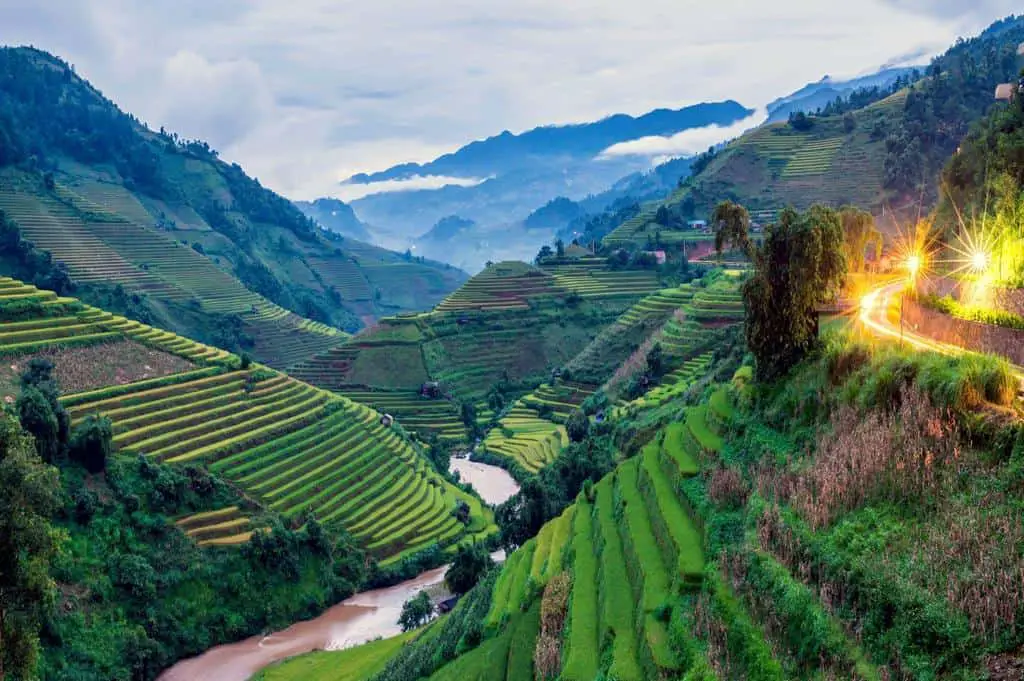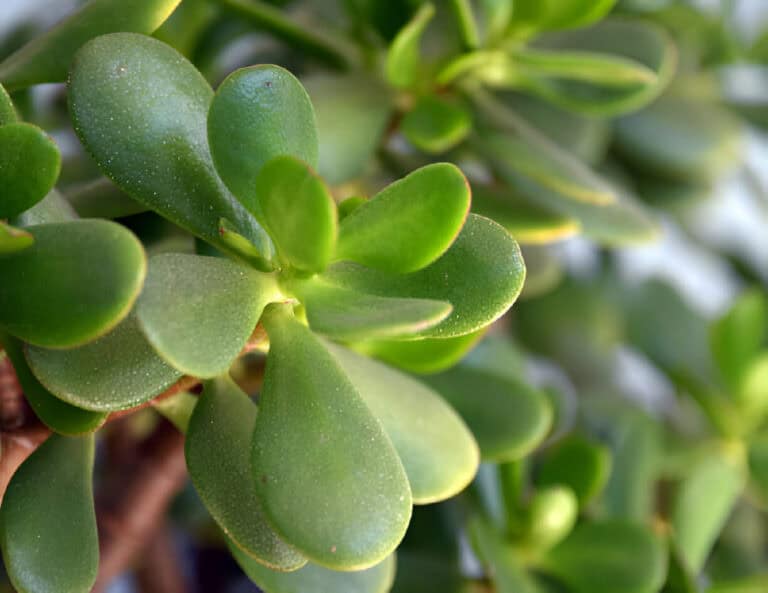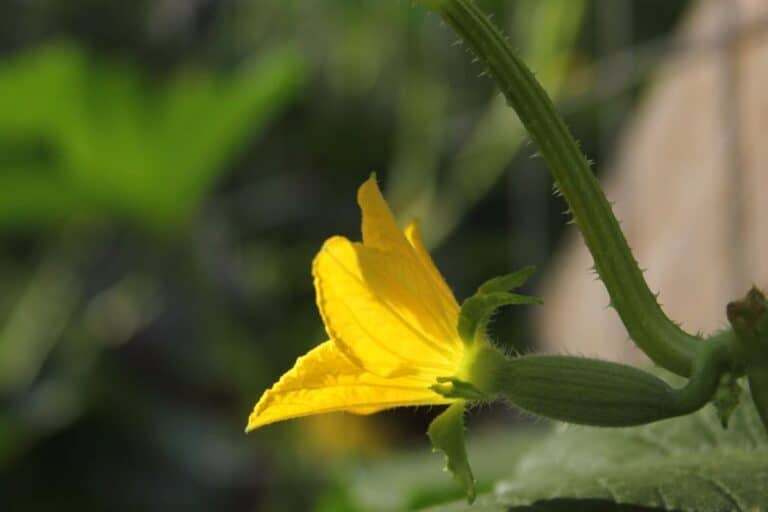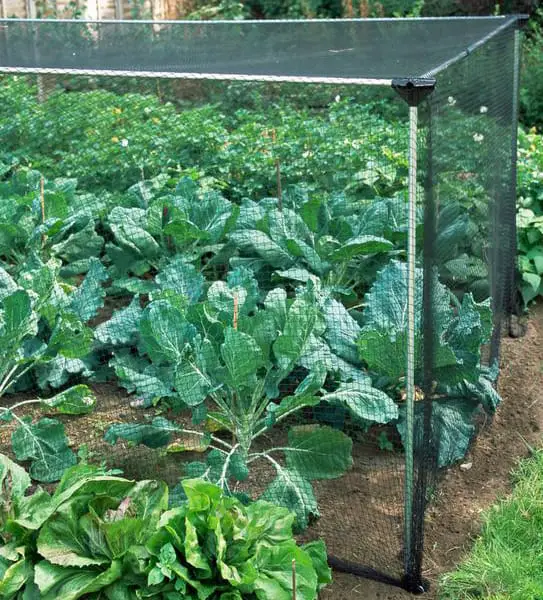How Does Terrace Farming Reduce Soil Erosion and Preserving the Land?

Amidst the undulating embrace of hills or nestled upon the plains that stretch beyond the horizon, terrace farming stands as a testament to human ingenuity in harmonizing with nature’s canvas. But have you ever wondered if this ancient technique of sculpting landscapes finds its purpose solely in the realm of slopes? Prepare to embark on a journey that unveils the secrets of terrace farming—not only in hilly abodes but also in the expanse of flat terrain.
Picture the rugged hills where stepped fields contour the slopes like a magnificent staircase. These terraces do more than just cradle crops; they dance with rainwater, slowing its eager descent and coaxing it into the earth, curbing the erosive ambitions of water. But as we venture to level land, a transformation occurs. The artistry shifts from carving into hills to crafting subtle elevations, like strokes of a master painter’s brush. The essence remains intact—water tamed, soil safeguarded.
With every terrace built, soil erosion retreats, and land preservation takes center stage. As we delve into the intricacies of terrace farming, explore the methods that bridge the gap between hills and plains, embracing the undulating and the level. In this exploration, the threads of tradition and innovation weave a tapestry of sustainable cultivation, reminding us that nature’s canvas is vast and adaptable.
Introduction to Terrace Farming and its Historical Significance
Imagine a landscape that resembles a magnificent green staircase climbing the slopes of hills and mountains. This captivating agricultural practice is known as terrace farming. Ingeniously designed, these stepped platforms serve as both a shield against the forces of nature and a cradle for bountiful harvests.
The primary purpose of terrace farming is twofold: erosion control and increased arable land. Nature’s contours can be harsh, leading to water rushing down slopes and carrying precious topsoil away. Terraces act as natural speed bumps, slowing down this water flow and granting the soil a chance to settle.
This prevents erosion and safeguards the fertile layer needed for robust crop growth. Simultaneously, these ascending levels convert seemingly unusable inclines into cultivable fields. What once was a daunting, unproductive terrain becomes a series of flat, manageable planting surfaces.
Over generations, farmers worldwide have honed the art of terrace farming. From the intricate rice terraces of the Philippine Cordilleras to the resilient potato plots in the Andes, this method has proven its adaptability to diverse climates and landscapes.
How Does Terrace Farming Reduce Soil Erosion and Preserve the Land?

Terrace farming is like nature’s guardian angel, protecting the land from the wrath of soil erosion! Picture this – on steep slopes, heavy rainfall can cause water to rush downhill, carrying away the precious topsoil along with it. It’s like a destructive force of nature, leaving the land barren and vulnerable. But fear not, terrace farming steps in like a superhero to save the day!
So, how does it work its magic? Let’s break it down:
- Graduated Platforms: Terrace farming creates a series of graduated platforms on the slopes, like steps leading to a treasure trove of fertility. These platforms slow down the flow of water, giving it time to soak into the soil. It’s like building a network of mini dams, holding back the water and preventing it from becoming a destructive force.
- Contour Plowing: The crops are planted along the contour lines of the land, like a carefully crafted tapestry. Contour plowing is like an art form that follows the natural curves of the terrain. This technique further reduces the speed of water runoff, keeping the soil in place and minimizing erosion.
- Retaining Walls: To add an extra layer of protection, retaining walls are built on the terrace edges. It’s like creating sturdy boundaries that hold the soil together, preventing it from being washed away. These walls are like a safety net, ensuring the soil remains intact and fertile.
Environmental Benefits of Terrace Farming Beyond Soil Preservation
Terrace farming isn’t just about preventing soil erosion; it offers a multitude of environmental benefits that contribute to a more sustainable ecosystem:
1. Water Management and Conservation: By creating terraces, water runoff is minimized, allowing the soil to absorb and retain water more effectively. This helps to manage water resources efficiently and reduce the risk of floods downstream.
2. Biodiversity Enhancement: The stepped design of terraces creates microhabitats, fostering a diverse range of plant and animal species. This enhances ecological richness and promotes biodiversity conservation.
3. Carbon Sequestration Potential: The organic-rich soil on terraced fields has the capacity to sequester carbon dioxide from the atmosphere, acting as a natural carbon sink and mitigating the impacts of climate change.
4. Social and Cultural Significance: Terrace farming isn’t merely an agricultural technique; it holds deep cultural and social significance for communities that have relied on it for sustenance for generations. Preserving these traditions connects us to our heritage and fosters a sense of community pride.
Challenges and Limitations of Terrace Farming
While terrace farming has numerous advantages, it is not without its challenges and limitations. Let’s explore some of the factors that need consideration:
1. Maintenance and Upkeep: Terrace walls require regular maintenance to prevent erosion and ensure their structural integrity. Neglecting maintenance can lead to costly repairs and reduced effectiveness in controlling erosion.
2. Extreme Weather Events: During heavy rainfall or cyclones, terraced landscapes may still face erosion risks. Implementing proper drainage systems and erosion control measures can help minimize these risks.
3. Socio-Economic Factors: The successful adoption of terrace farming relies on addressing socio-economic barriers. Providing farmers with financial support, technical assistance, and educational programs can encourage wider adoption.
Related: Does Mulching Prevent Soil Erosion?
Can Terrace Farming Be Used in Flat Landscapes or Only in Hilly Areas?
Terrace farming is commonly associated with hilly or mountainous regions. However, its application extends beyond these landscapes. While terrace farming is indeed more prevalent in areas with varying elevations, it can also be adapted for flat terrain, albeit with some modifications.
In hilly areas, terraces serve multiple purposes. They stop soil erosion by capturing rain and slowing down the flow of water, allowing the land to absorb it. Simultaneously, these terraced steps create level surfaces that facilitate farming. On flat landscapes, the technique can still be beneficial.
By incorporating slight elevation changes through embankments or artificially mounded soil, water retention improves, reducing runoff and enhancing soil quality. Employing raised beds or planting rows in a terraced manner can mimic the advantages of traditional terrace farming.
To visualize the differences, consider this table:
| Aspect | Hilly Areas | Flat Landscapes |
| Challenges | Steep slopes require more construction effort. | Modifications like embankments are needed. |
| Benefits | Efficient water usage; minimizes erosion. | Improved water retention; enhanced soil. |
| Implementation Ease | A natural slope aids construction. | Man-made elevation changes are required. |
Modern Innovations and Technology in Terrace Farming
In the quest for sustainable agriculture, modern innovations and technology have found their way into terrace farming practices, further enhancing its effectiveness:
| Innovation | Benefits |
| Remote Sensing and GIS Applications | Utilizing satellite imagery and Geographic Information Systems (GIS) for optimal terrace design and monitoring soil erosion. |
| Sustainable Irrigation Techniques | Implementing water-efficient irrigation methods like drip irrigation to conserve water resources. |
| Implementing Automation and Robotics | Incorporating automation and robotics to streamline terrace maintenance and reduce labor requirements. |
These technological advancements complement traditional wisdom, ensuring terrace farming remains relevant in a rapidly changing world.
Terracing in Various Geographic Regions and Climates
Terrace farming showcases its versatility by flourishing in different geographic regions and climates. Let’s take a journey across the globe to explore how terraced landscapes adapt to their surroundings:
1. Terrace Farming in Mountainous Areas: Mountainous regions often face soil erosion challenges due to steep slopes. Terraces create level fields that prevent runoff, allowing farmers to cultivate crops on hillsides and preserving the soil from being washed away.
2. Terraces in Arid and Semi-Arid Regions: In arid and semi-arid regions where water is scarce, terracing optimizes water usage by trapping and directing rainfall to the crops, preventing wastage and enhancing agricultural productivity.
3. Terrace Agriculture in Tropical and Subtropical Zones: Tropical areas often experience heavy rainfall, which can lead to soil erosion. Terraces effectively control water flow, retaining soil and nutrients for sustained crop growth.
4. Cultural Adaptations of Terrace Farming: Indigenous communities have perfected terrace farming methods that align with their cultures and traditions. Their deep understanding of the land and terracing techniques handed down through generations further demonstrate the adaptability of this agricultural practice.
Terrace Farming around the World
Terrace farming is a global phenomenon, practiced in various forms in different parts of the world. Let’s explore some of the notable examples:
1. Asia
- Philippines: The Banaue Rice Terraces in the Philippines are often called the “Eighth Wonder of the World.” These terraces, carved into the Ifugao mountains over 2,000 years ago, are a testament to the Filipinos’ ancient farming practices.
- China: In Yunnan province, the Hani people have been practicing terrace farming for over 1,300 years. Their remarkable engineering feat, the Honghe Hani Rice Terraces, has been designated a UNESCO World Heritage Site.
2. South America
- Peru: The Incas were pioneers in terrace farming. The Moray Terraces, located near Cusco, Peru, are a series of concentric circular terraces that served as an agricultural laboratory for the Incas.
- Colombia: The indigenous people of the Sierra Nevada de Santa Marta have utilized terrace farming for centuries, showcasing the close relationship between human culture and the environment.
3. Africa
- Ethiopia: The Konso people in Southern Ethiopia have practiced terrace farming for generations, cultivating crops like sorghum and millet. These terraces help them cope with erratic rainfall and conserve soil fertility.
- Madagascar: In the central highlands of Madagascar, the Betsileo people have created intricate terraces to grow rice, contributing to the island’s food security.
4. Europe
- Italy: The steep slopes of the Cinque Terre region in Italy are famously adorned with vineyard terraces. These picturesque terraces not only produce fine wines but also prevent soil erosion in this beautiful coastal area.
Conclusion
In conclusion, terrace farming stands as a testament to human ingenuity and adaptability. By constructing terraces on hillsides, this age-old agricultural practice effectively reduces soil erosion, safeguards fertile topsoil, and fosters sustainable land management. Beyond its soil-preserving capabilities, terrace farming contributes to environmental conservation, promotes biodiversity, and preserves cultural heritage.
However, like any agricultural method, terrace farming faces challenges that need to be addressed. Proper maintenance, erosion control measures, and socio-economic support are vital to overcoming these obstacles and promoting wider adoption.
With the integration of modern innovations and technology, terrace farming continues to evolve, promising a sustainable and prosperous future for agriculture and the planet.
So let us cherish this ancient yet timeless practice, embrace its lessons, and cultivate a greener, more resilient world together. Terrace farming is not only a journey to preserve the land; it is a journey to preserve our connection to the earth and to each other.
FAQs on Erosion Control Measures in Terrace Farming
What are the benefits of terrace farming?
Benefits of Terrace Farming: Terrace farming offers numerous benefits, including reducing soil erosion, preventing sedimentation in water bodies, and enhancing crop yields. It optimizes land use on steep terrain, conserves water, and promotes sustainable agriculture, ensuring food security for communities in challenging landscapes.
How do terraces prevent soil erosion?
Terraces slow down water runoff on sloped land, allowing water to gradually seep into the soil instead of washing away fertile topsoil. Retaining walls also provide extra support, preventing soil collapse and further erosion.
What crops are commonly grown using terrace farming?
Terrace farming is adaptable and supports various crops, including rice, maize, wheat, potatoes, and vineyards for grapes. Indigenous communities may grow region-specific crops like sorghum, millet, or quinoa.
Are there any disadvantages to terrace farming?
Terrace farming can require significant labor for construction and maintenance. Improper design or neglect may lead to terrace degradation, reducing effectiveness. It may not be suitable for all regions due to land constraints and terrain limitations.
How can I implement terrace farming in my garden?
Start by analyzing your garden’s slope and creating terraced levels using retaining walls. Choose appropriate crops based on sunlight, soil, and climate conditions. Regular maintenance, like erosion control and terrace reinforcement, is crucial.
Does terrace farming require a lot of initial investment and resources?
Initial Investment and Resources: Terrace farming’s initial cost varies based on garden size, materials used, and labor. While it may require an investment upfront, its long-term benefits outweigh the expenses.
What are some traditional terrace farming methods used by indigenous communities?
Indigenous communities worldwide have developed unique terrace farming techniques. Examples include the Ifugao people’s rice terraces in the Philippines and the Hani people’s rice terraces in China.
Are there any specific crops that are not suitable for terrace farming?
Extremely waterlogged or dry-loving crops may not thrive on terraces. Water-intensive crops might pose challenges in regions with limited water resources.
How can terrace farming contribute to sustainable agriculture and food security?
Terrace farming fosters sustainable land use, minimizes deforestation, and preserves natural ecosystems. By preventing soil erosion and boosting crop productivity, it plays a vital role in ensuring food security for future generations.





